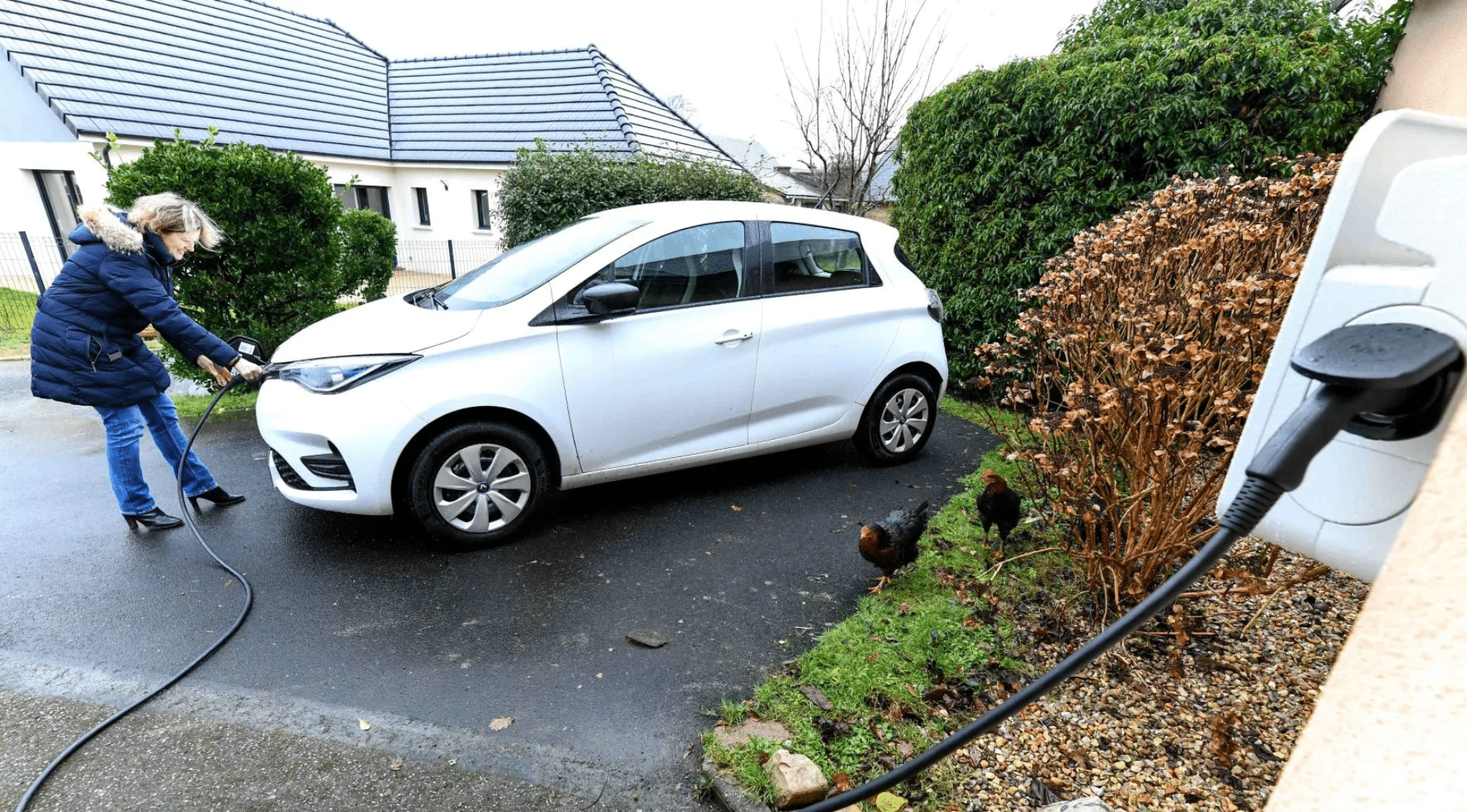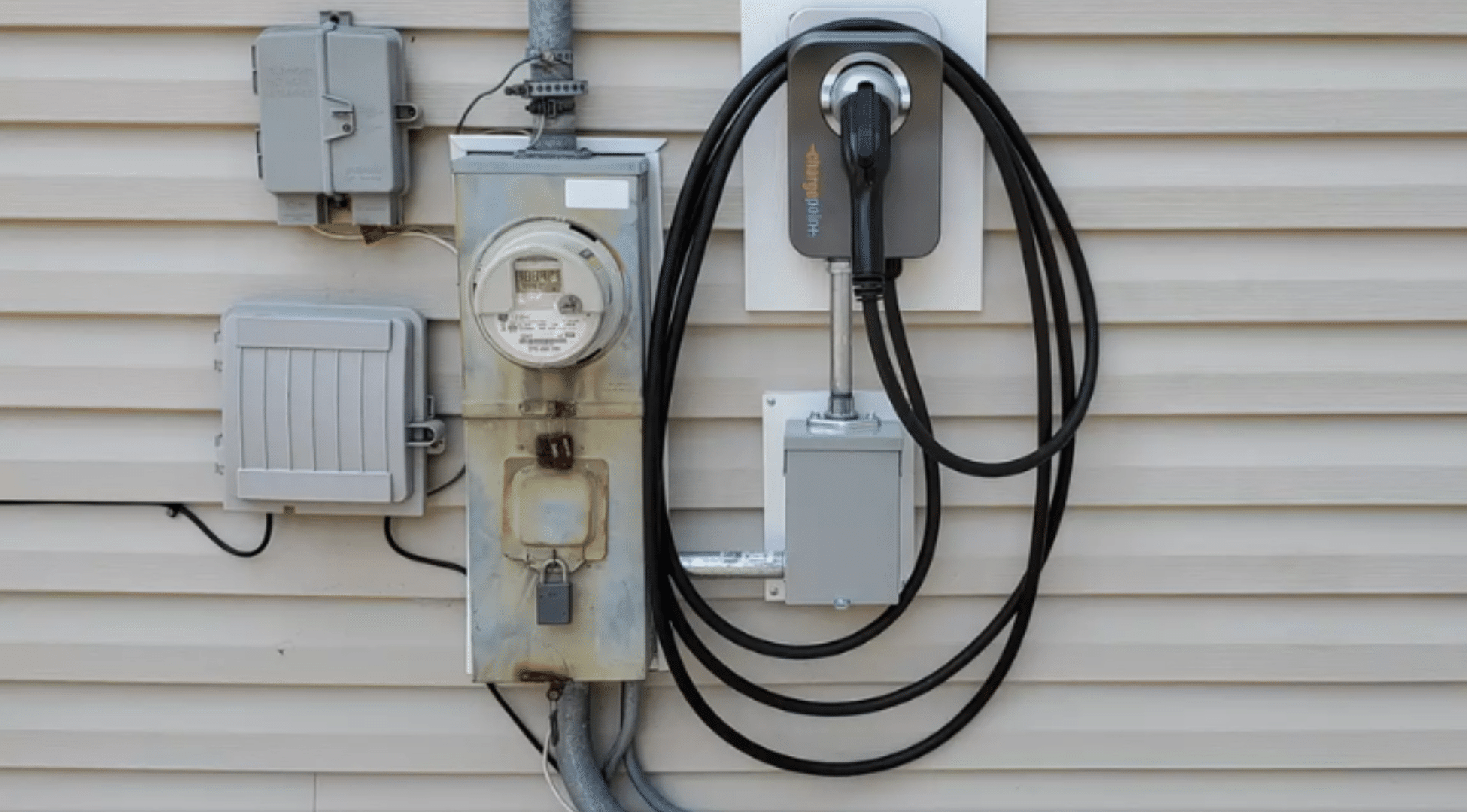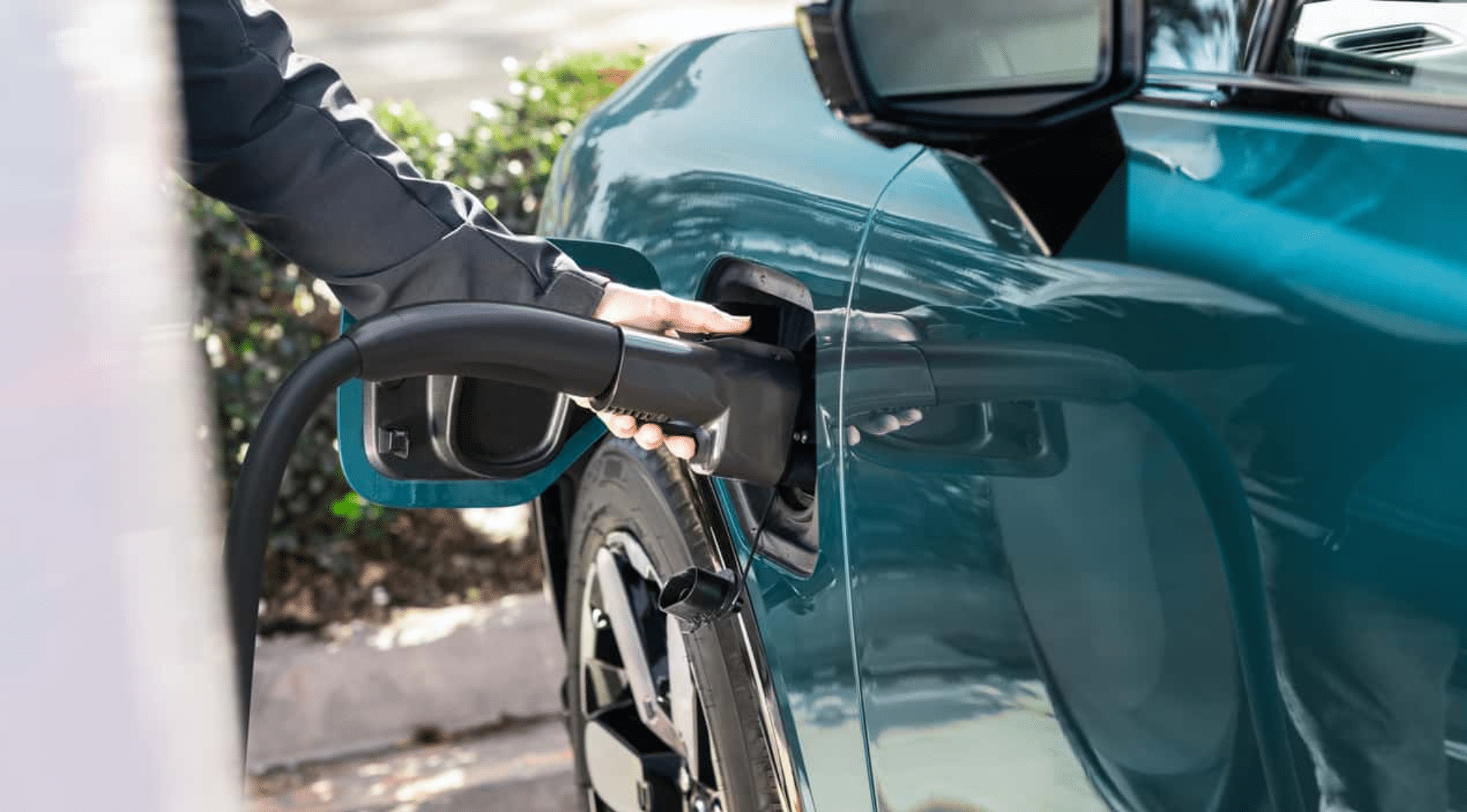I used to wonder how long it would take to fully charge my electric car, especially on busy days when every hour mattered. The numbers always seemed to change; sometimes it took all night, other times just under an hour.
That’s when I realized that charging time isn’t just one fixed number. It depends on things like the kind of charger, the battery size, and even the weather.
If you’re asking how long to charge an electric car, this guide will help you figure it out. You’ll learn what affects charging time, how to estimate it using a simple formula, and what to expect from different charger types.
We’ll also go over when home charging makes sense, when public chargers are better, and smart ways to save time. By the end, you’ll be able to plan your charges without the guesswork.
How Long Does It Take to Charge an Electric Car?
Charging an electric car can take anywhere from a short time to several hours. The time it takes depends on a few things, like how low the battery is and what kind of charger is being used.
Some chargers are faster than others, and some cars take longer to fill up their battery.
Most people charge their car while they’re at home, often overnight, so it’s ready the next day. In other cases, people might stop at public charging stations during the day to top it off.
It’s not always the same every time, but once you get used to it, it becomes a normal part of your routine. Charging an electric car is simple, and with more stations available now, it’s getting easier for drivers everywhere.
EV Charging Time by Charger Type
Not all chargers work the same way. Some are slow, and some are fast. The type of charger you use makes a big difference in how long it takes to charge your electric car. Here’s a simple breakdown:
Level 1 Charging (Standard Home Outlet)


This is the slowest way to charge an electric car. It uses the same outlet you plug your phone or toaster into at home. You don’t need any special equipment.
- How long it takes: About 12 to 24 hours
- Best for: Charging overnight or when you don’t drive much
- Example: If your battery is low in the evening, plug it in and it’ll be ready by morning
This type of charging is slow, but it’s easy and works for many people, especially if they don’t drive far every day.
Level 2 Charging (Home & Public)


This charger is faster and needs a special plug. It’s common in homes with charging setups and also found at public stations like grocery stores or parking garages.
- How long it takes: Around 4 to 8 hours
- Best for: Daily charging at home or while you shop or work
- Example: Plug in your car at 6 p.m., and by midnight, it’s fully charged
Most people use this for everyday charging. It’s a good balance of speed and convenience.
DC Fast Charging (Superchargers)


These are the fastest chargers and are usually found at highway rest stops or special charging stations. They send power quickly, so your battery fills up much faster.
- How long it takes: Around 30 to 60 minutes
- Best for: Long trips or when you’re in a hurry
- Example: Stop for a snack and a bathroom break, and your car is ready to go
This type of charging is great when you’re traveling or need a quick charge. But it’s not usually used every day.
What Affects How Long Charging Takes?
Charging time isn’t always the same. A few key things can make it faster or slower. Knowing these helps you plan better and avoid surprises:
- Your EV’s Battery Size: Bigger batteries take longer to charge. Smaller ones fill up faster. It’s kind of like filling a big water bottle versus a small one. If your car has a long driving range, it usually has a bigger battery, which means it needs more time to charge fully.
- Type of Charger You Use: Not all chargers are the same. Some are slow, and some are fast. A regular home outlet will take a long time, while special fast chargers can fill your battery much quicker. The type of charger you use is one of the biggest things that affects charging time.
- Your Car’s Max Charging Rate (kW): Even if you plug into a fast charger, your car can only take in power up to a certain limit. If your car’s charging rate is lower than the charger’s speed, it will charge at your car’s slower rate. So, your car decides how fast it can “drink” the power, no matter how fast the charger is.
- Starting Battery Level (State of Charge): If your battery is almost full, it won’t take long to top off. But if it’s almost empty, it’ll take longer. Also, charging slows down as the battery fills up to help protect the battery. So the last part of charging often takes more time than the first part.
- Temperature and Weather Conditions: Charging works best when it’s not too hot or too cold. In cold weather, batteries charge more slowly. In very hot weather, the system might slow things down to keep everything safe. That means the weather can affect how fast your car charges, especially if it’s sitting outside.
Charging Times for Popular EV Models
Some electric cars charge faster than others. It depends on the car’s battery and how much power it can take. Here is how long it usually takes to charge some well-known electric cars with different chargers:
| EV Model | Level 1 (Home Outlet) | Level 2 (Home/Public) | Fast Charging (DC) |
|---|---|---|---|
| Tesla Model 3 | Up to 24 hours | 8–12 hours | 30 min – 1 hour |
| Nissan Leaf | 20–24 hours | 7–10 hours | 40–60 minutes |
| Chevrolet Bolt EV | Around 24 hours | 9–10 hours | Around 1 hour |
| Ford Mustang Mach-E | Over 24 hours | 8–11 hours | 40–60 minutes |
| Hyundai Ioniq 5 | Over 24 hours | 6–8 hours | 20–30 minutes |
| Volkswagen ID.4 | About 24 hours | 7–10 hours | 30–45 minutes |
These times are not exact, but they give you a solid idea of what to expect. Charging speed can still change based on things like weather, battery health, and how full the battery is when you start.
How to Estimate Your Charging Time
Knowing how long your electric car will take to charge can help you plan your day better. While the exact time can change based on many things, there’s a simple way to estimate it.
Use this easy formula:
Battery Size (kWh) ÷ Charger Power (kW) = Charging Time (Hours)
Let’s break it down. The battery size tells you how much energy your car can store. The charger power tells you how fast energy can be added. When you divide the battery size by the charger’s power, you get the number of hours it may take to charge from empty to full.
Here’s a quick example. If your car has a 60 kWh battery and your charger is 7 kW, it would be:
60 ÷ 7 = about 8.5 hours
Now take a smaller car with a 30 kWh battery and the same charger:
30 ÷ 7 = about 4.3 hours
This shows how smaller batteries charge faster. But keep in mind, most drivers don’t wait until the battery is empty. They charge in between trips.
This method isn’t perfect, but it gives you a good idea of what to expect before plugging in.
Comparing Home Charging and Public Charging


Charging your electric car at home and using public stations both have their pros and cons. The best choice depends on your daily routine, how far you drive, and how fast you need your car ready. Here’s a quick look at how they compare:
| Feature | Home Charging | Public Charging |
|---|---|---|
| Speed | Slow (Hours or Overnight) | Fast (30–60 Minutes) |
| Cost | Usually Cheaper | Often More Expensive |
| Best For | Daily Use, Overnight Charging | Long Trips, Quick Top-Ups |
| Location | At Home | On the Road, Public Places |
As you can see, home charging is best for daily use and saving money over time. It’s great if you have a charger at home and don’t drive long distances often. On the other hand, public chargers help when you’re in a hurry or on a trip. Many drivers use both depending on what they need that day.
Fast Charging Tips for your Electric Vehicles to Save Time
Fast charging can save you a lot of time, but using it the right way makes a big difference. Here are some smart tips to help you charge quicker and avoid delays:
- Charge from 20% to 80%: The middle range fills up faster than the last 20%.
- Precondition the battery: Some cars let you warm or cool the battery to the best temperature for faster charging.
- Use apps to find chargers: They can show you which ones are available so you don’t waste time waiting.
- Avoid extreme heat or cold: Batteries charge more slowly in bad weather, so charge in milder conditions if you can.
- Plan your stops: Look for chargers along your route so you don’t run too low before finding one.
- Don’t wait until it’s empty: Charging from a low level takes longer and adds stress to the battery.
- Stay nearby while charging: Fast charging moves quickly at first, so be ready to unplug and go once it slows down.
Using these tips can make your fast charging stops quicker, smoother, and less stressful. A little planning goes a long way when you’re on the road.
Conclusion
I’ve learned that knowing how long to charge an electric car isn’t just about plugging it in and waiting. It depends on things like the charger, battery size, and how full the battery already is.
Once I understood that, it became much easier to plan my day and avoid surprises. Using simple tips—like charging between 20% and 80%—saved me both time and stress.
Now it’s your turn to take what you’ve read and put it to use. Think about your own car, your schedule, and how you can make charging work better for you. This guide gave you the tools to figure it out without guessing.
Keep this in mind next time you plug in, and if you want to learn even more, check out our other blogs for more helpful EV tips!

